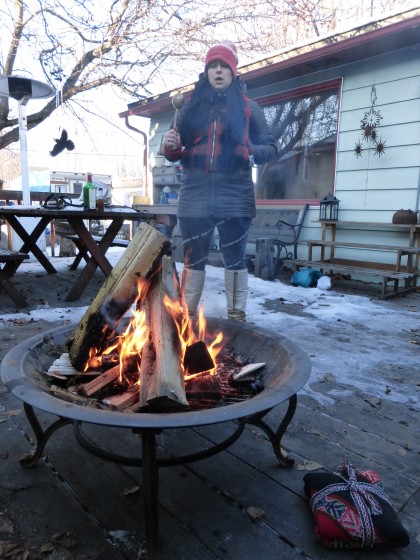The common condition is that we all have these audiotapes playing in our heads that run according to certain themes that we have identified with. Who knows all the reasons? These themes were programmed into us growing up… and/or they kind of fit the way our systems are wired. We may have chosen some of them from our predilections. However we got them, they run on their own endlessly. They provide the lenses through which we see ourselves, others, the world. They serve up to us what we consider to be “reality.” What we have, however, is only a limited version of reality– no matter how sophisticated the tapes might be.
Who would not agree that surely the world is wider than how we see it at this particular moment?
Which is one reason why it’s so important to listen to others’ views that will surely differ somewhat than our own– in varying degrees.
But let’s take it farther. How about if there was a way to get to the very bottom of things? What if we could find out what lies beyond the endless tapes? Might it have some resemblance to the experience of a young child, who sees and feels the world with wide-eyed wonder? Is it possible to ratchet back to something like that state of being?
That’s where mindfulness practice comes in. The great thing about it is, you don’t have to believe in it. You just have to have enough curiosity and desire to try it for a certain length of time.
If you wanted to learn to play an instrument, say, the fiddle, you wouldn’t expect it to yield sublime sounds the third time you picked it up. Mindfulness practice is similar; and while not all of us will become master fiddlers, we can become mindfulness masters if we practice with dedication and a sense of longing for something more.
That something more has been spoken of by the writers of scriptures, poets, saints, and also by artists, musicians, scientists, and so-called “ordinary” people. By reading/listening to what they have said, we may begin to resonate with a possible way of being that just might be real and attainable for anyone.
Mindfulness practice is simple (although it may not be easy). Each person will have a unique path to carve. The fewer mental barriers we have, the more readily the fruit will be experienced. Children respond, on the whole, very quickly to it.
If we wish for inner peace and happiness, if we wish for peace and harmony and an end to suffering in the world, then this is something to take seriously. And this seriousness will yield its seeming opposites– freedom, joy, and belly laughs.
Those are my thoughts for today on mindfulness practice.
— Pam
